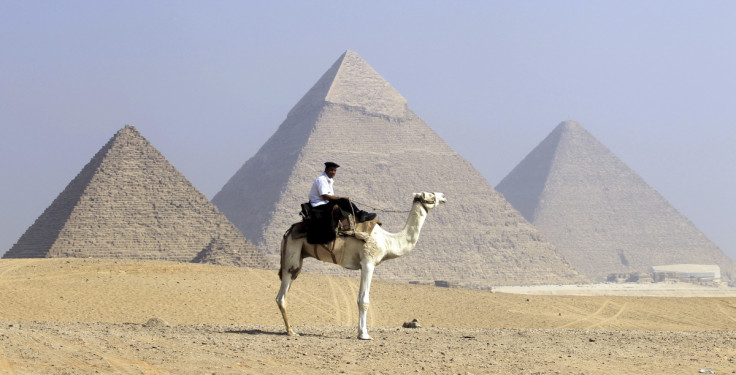Mummified remains of two ancient Egyptians shows unusual embalming methods used

A new study from an international team of researchers has shown that two ancient Egyptian mummies were embalmed using unusual methods at the time which included antibacterial and anti-insecticidal properties.
The mummified remains of royal architect Kha and his wife Merit – from the 18<sup>th Dynasty dating back some 3,500 years – were thought to have undergone a poor mummification when they perished despite their relative wealth and social status.
Both still had all their organs intact – whereas most from the time had them removed and placed in Canopic jars. However, using state-of-the-art x-ray techniques along with chemical microanalyses, the scientists were able to see that their brains, thoracic and abdominal organs as well as eyeballs and nerves were in excellent condition despite several millennia passing.
The team wrote in PLOS One: "Both individuals underwent a relatively high quality of mummification, fundamentally contradicting previous understanding.
"Elucidated 'recipes', whose components had antibacterial and anti-insecticidal properties, were used to treat their bodies."
Stephen Buckley, an archaeological chemist at the University of York in England, told Discovery News: "They were mummified using a natron salt solution, as were the royals in the 18th Dynasty, but unlike the wealthier royals, their internal organs were not removed."
The report states that the external wrapping used on Kha contained a mixture of animal fat and plant oil along with balsam, plant gum and coniferous resin. It adds that the balsam and coniferous resin combined to give the body an antibacterial and anti-insecticidal protection.
For Merit, the buriers used fish oil, along with a recipe made up of balsam, aromatic plant extract, plant gum, conifer resin and beeswax.
"Such findings don't support previous claims that the two were poorly mummified," Egyptologist Joann Fletcher of the University of York told Discovery News.
"The findings tell us that the lower-level elite, such as Kha and Merit, received a reasonable degree of care. Significant effort was clearly involved in their mummification, even if it did not produce the same high level of bodily preservation as the higher elite and royals at this time," she continued.
Frank Rühli, head of the Centre for Evolutionary Medicine at the University of Zurich in Switzerland, added: "Generally speaking, this research confirms my own belief that there is no typical mummification, but a lot of variations are present. We still only know about the tip of the iceberg."
© Copyright IBTimes 2025. All rights reserved.






















